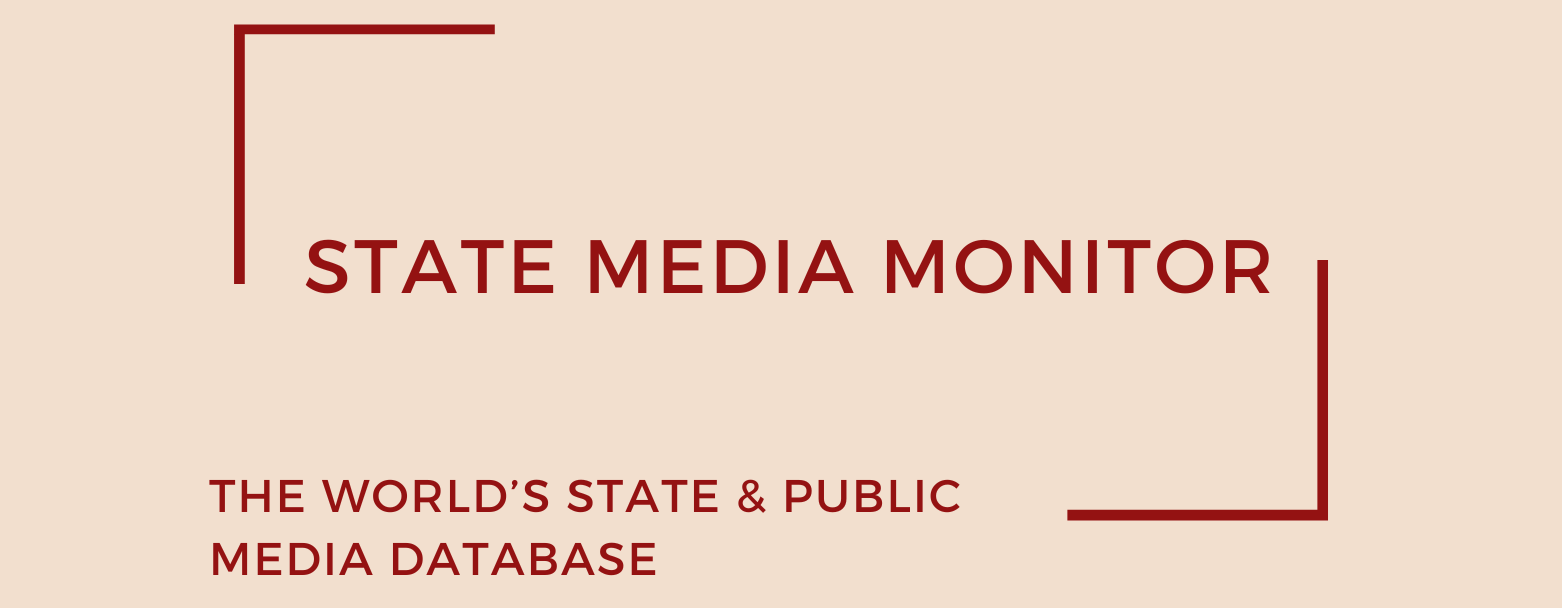Directorate of Government Dailies
The state-run print press in Afghanistan consists of a small number of daily newspapers overseen by a centralized governmental authority. These publications primarily serve as official mouthpieces, conveying the regime’s directives and interpretations of current events.
Media Assets
Publishing: Hewad Daily, Shariat Daily, Anis Daily, The Kabul Times
State Media Matrix Typology
Ownership and governance
The government press operates under the auspices of the Ministry of Information and Culture, which acts as both legal owner and principal regulator. According to Afghan journalists interviewed for this report in February 2023 and March 2024, the Ministry exercises full oversight of the newspapers’ operations, leaving little room for editorial autonomy.
Since the Taliban’s return to power in August 2021, the structure of media governance has undergone notable changes. The previous media administration was dissolved and replaced with a more centralized entity known as the Directorate of Government Dailies. This restructuring process resulted in the consolidation of certain titles and the launch of new pro-government publications, designed to align closely with the ideological goals of the Taliban regime.
Source of funding and budget
The government press is entirely financed by the state. Its operational budget covers printing, distribution, staffing, and other day-to-day expenses. However, in the wake of the Taliban takeover, severe fiscal constraints have impacted every aspect of its operations. Local sources confirm that funding has become erratic and insufficient, leading to delays in salary payments, irregular distribution, and scaling down of production in several provinces.
As of mid-2025, no transparent accounting of the government press budget has been made publicly available, and all financial oversight remains internal to the regime.
Editorial independence
The editorial line of Afghanistan’s government press is tightly controlled by the Ministry of Information and Culture, leaving no room for independent reporting or dissenting views. All content is pre-screened or directed by government-appointed editors, many of whom are closely aligned with Taliban leadership.
Following the reconstitution of the Directorate of Government Dailies, editorial oversight has intensified, with a heightened focus on ideological conformity, religious messaging, and the erasure of perspectives deemed un-Islamic or pro-Western. Reports from journalists inside the country collected in May 2025 suggest that coverage of women’s issues, international relations, and opposition voices has been almost entirely purged.
There is currently no legal framework or independent body tasked with protecting editorial independence in the print media sector. All attempts at introducing pluralistic governance or external oversight have been abandoned under Taliban rule.
July 2025
Citation (cite the article/profile as part of):
Dragomir, M. (2025). State Media Monitor Global Dataset 2025.
Media and Journalism Research Center (MJRC).
Zenodo.
https://doi.org/10.5281/zenodo.17219015
This article/profile is part of the State Media Monitor Global Dataset 2025, a continuously updated dataset published by the Media and Journalism Research Center (MJRC).
